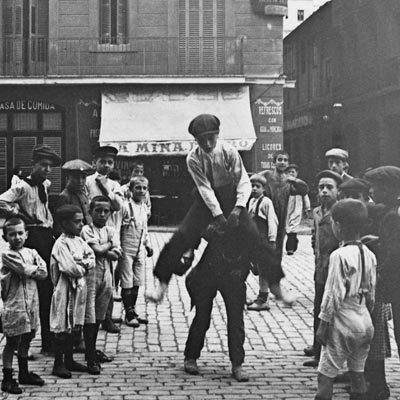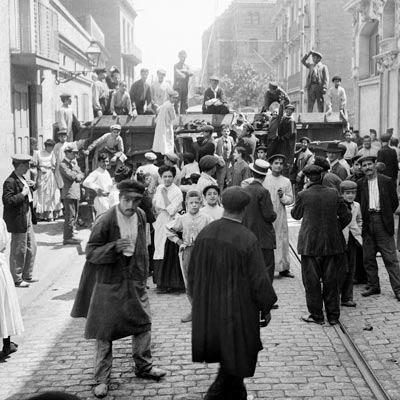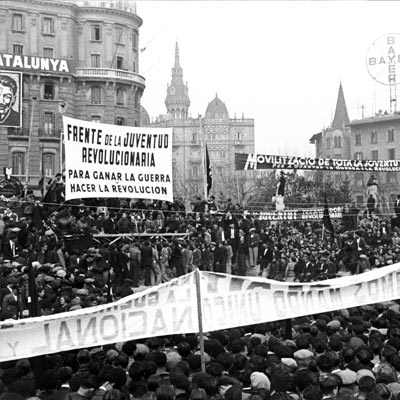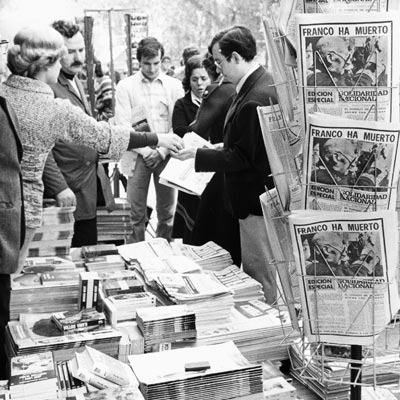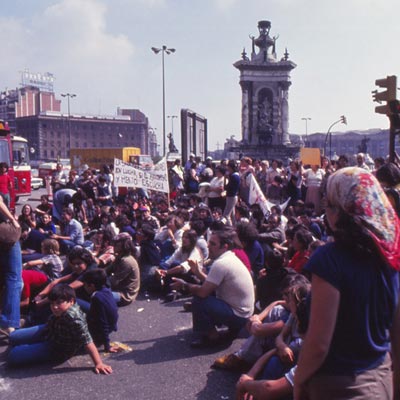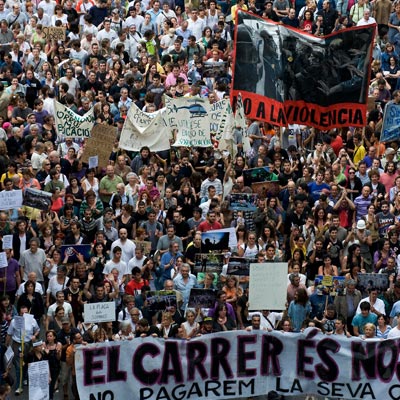Catalunya Barcelona is a 10-episode documentary series that chronicles the history of Barcelona, from the loss of its independence in 1714 to the constitutional crisis that reached the world stage in 2017. It was produced to fill a void. As much as everyone in the United States loves, or wishes to visit Barcelona, nobody in the United States really knows anything about the city, other than what can be gleaned from travel videos.
Catalunya Barcelona tells the story of the city through interviews with ordinary Catalan citizens, from every walk of life. Historians and lawyers. Doctors and drag queens. Students and architects. Artists and bankers. Journalists and politicians. More than 60 interviews were conducted during the course of production, and the series is filled with hundreds of never-before-seen archival photos and videos. Produced for the English-speaking audience, and bolstered by the narration of actor Jenny Beacraft, the city’s complex and turbulent past is illuminated through historical accounts and personal stories.
Episodes
Teasers. Trailers. Promos.
Over the course of production we interviewed more than 50 people, accumulating nearly 100 hours of content! Since we tried to limit ourselves to 10 episodes, much was, regrettably, left on the cutting-room floor. As a result, numerous trailers, teasers, and interview segments are now online and available to watch.







